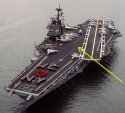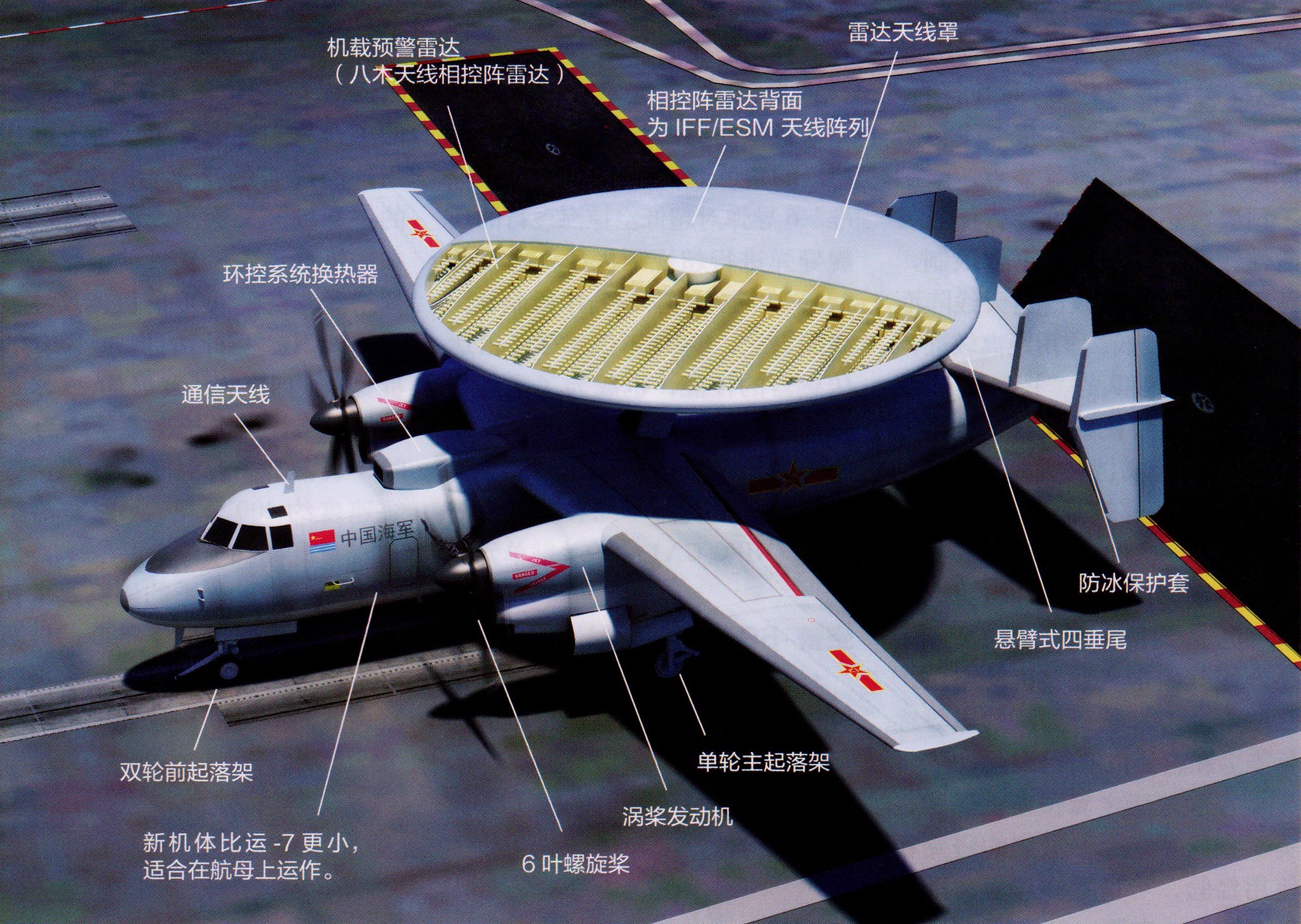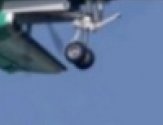An A320 is also 2.5x the size of a Q400, so the net difference in fuel burn is still large, but nowhere near that huge.
Turbofans are efficient enough that other factors can compel an AEW platform to prefer them over turboprops (ceiling, size, range). It's no coincidence that land-based AWACS tend to use turbofans while their carrier-borne counterparts prefer turboprops.
Fixed runways means the aircraft will have to self-deploy to the theatre of operations and typically orbit further from the forward base once there, both increasing the importance of long range. Thanks to greater power (enabling larger aircraft with more fuel capacity) and higher cruise speed (more distance covered per hour of fuel burn), this favours turbofans. Being able to fit a bigger radar in the larger platform and fly it higher is also nice to have.
On carriers, size is naturally limited by other constraints and the importance of long range is diminished when your air base is mobile. As a result, better endurance and superior STOL capability (reducing catapult and arresting gear loads) usually clinch the deal for the turboprop.
In the case of the Beriev concept, lack of a Russian turboprop with the output (5500+shp) needed probably played a role. There are two earlier Beriev patents for prop configs apparently based on the ~3000shp TV7-117, but they are both rather compromised. One is a twin with conformal arrays and correspondingly small, the other is Hawkeye-sized with a rotodome but four-engined. While remarkably pretty, the latter is very bulky for deck handling because the foldable wing fraction outboard of the engines is inevitably much smaller than on a twin.
On aesthetical grounds I was kinda hoping China would rope in Beriev as a design consultant and make KJ-600 a derivative of the quad with two larger engines
Turbofans are efficient enough that other factors can compel an AEW platform to prefer them over turboprops (ceiling, size, range). It's no coincidence that land-based AWACS tend to use turbofans while their carrier-borne counterparts prefer turboprops.
Fixed runways means the aircraft will have to self-deploy to the theatre of operations and typically orbit further from the forward base once there, both increasing the importance of long range. Thanks to greater power (enabling larger aircraft with more fuel capacity) and higher cruise speed (more distance covered per hour of fuel burn), this favours turbofans. Being able to fit a bigger radar in the larger platform and fly it higher is also nice to have.
On carriers, size is naturally limited by other constraints and the importance of long range is diminished when your air base is mobile. As a result, better endurance and superior STOL capability (reducing catapult and arresting gear loads) usually clinch the deal for the turboprop.
In the case of the Beriev concept, lack of a Russian turboprop with the output (5500+shp) needed probably played a role. There are two earlier Beriev patents for prop configs apparently based on the ~3000shp TV7-117, but they are both rather compromised. One is a twin with conformal arrays and correspondingly small, the other is Hawkeye-sized with a rotodome but four-engined. While remarkably pretty, the latter is very bulky for deck handling because the foldable wing fraction outboard of the engines is inevitably much smaller than on a twin.
On aesthetical grounds I was kinda hoping China would rope in Beriev as a design consultant and make KJ-600 a derivative of the quad with two larger engines
Last edited:







